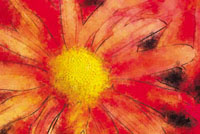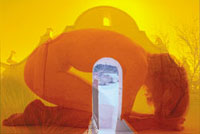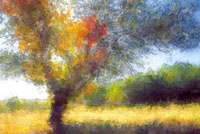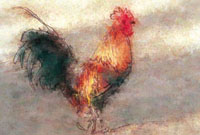The Recreations Of David B. Brooks
The Pictorial Side Of Our Digital Guru
Each month in Shutterbug
our own David B. Brooks reveals why he's an expert in the field
of digital imaging. His Digital Help column, as well as his reviews
and in-depth how-to articles, have made him a recognized expert who
commands the loyalty of his readers and the respect of the industry.
David has been involved in photography for over 50 years. He began his
career by studying art, design, and theater at Oregon State University
and professional photography at the Brooks Institute of Photography
(no relation). He also showed an early interest in anthropology and
philosophy, eventually leading to a bachelor's degree from California
State University, Northridge. David's experience in professional
photography is wide ranging. His experience includes public relations,
commercial studio assignments, and glamour photography. In addition,
the work he did in multimedia and industrial film production for the
record industry in the 1960s eventually evolved into rock video. |
||||
A Mind's Eye |
||||
When viewing his recreations,
which tend to take on a rather painterly feel, it is critical to note
the role he plays in them. Said David, "Roland Barthes who wrote
Camera Lucida said something that struck me strongly: `One thing
that distinguishes photography and other visual arts is that the photographer
is inexplicably tied to the subject.' In my recreations I'm
breaking the inexplicable link between subject and photographer. I'm
doing something like a painter would do: reproduce what's in my
mind's eye with digital photography." |
||||
Working From A Vast Collection |
||||
Abstract School Of Thought |
||||
One of the most appealing
aspects of his recreations is that each one conjures up a different
mood and emotion. With so many images in one's collection, how
does he go about choosing which photos to recreate? The answer may surprise
you. Of A Personal Nature |








































